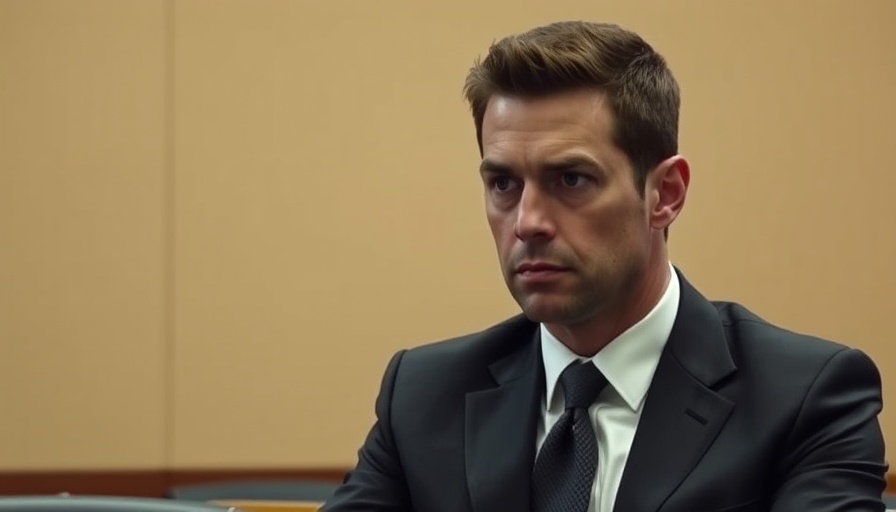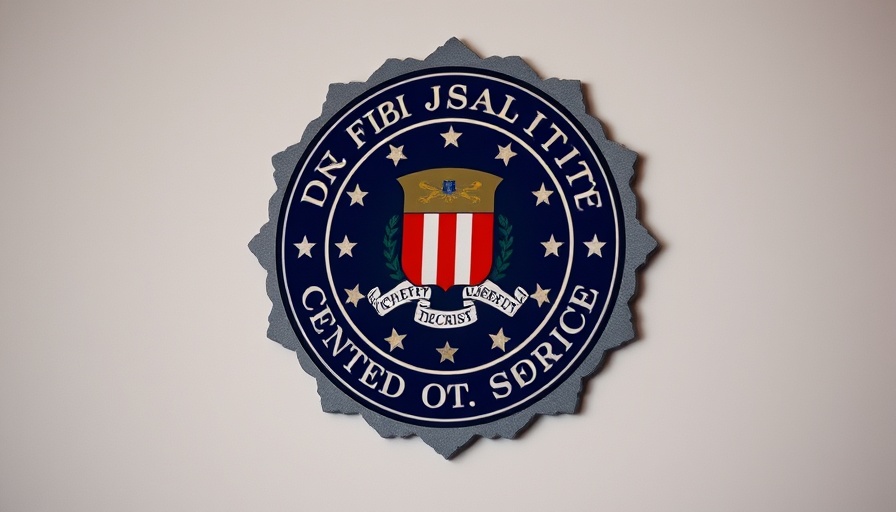
Understanding the LAPD's Tactical Response
Just another day in the life of law enforcement, or maybe not. On March 29, 2025, the LAPD faced an alarming situation when a man pointed a shotgun at a helicopter. The incident, which unfolded in a Chatsworth neighborhood, highlights the precarious nature of police encounters in urban settings, where threats emerge unexpectedly.
The Incident Unfolds
The LAPD was called to the 20000 block of Tipico Street following reports of an assault with a deadly weapon. Upon arrival at the scene around 2:20 PM, officers were met with a man who had not only wielded a shotgun but had the audacity to aim it at a police helicopter hovering above. The suspect then decided to position himself face down by a pool, a surreal tableau that left residents in shock. For several hours, law enforcement contained the area while trying to resolve the situation peacefully.
Community Impact and Safety Concerns
During the tense standoff, authorities evacuated nearby residents, a necessary precaution in dangerous situations. This incident serves as a reminder of the fine balance law enforcement must maintain to ensure public safety while also seeking non-violent resolutions. The eventual arrest of the suspect at 6:18 PM marked the end of a fiery ordeal but raised questions about community safety and police protocols involving armed threats.
The Role of Technology in Modern Policing
Interestingly, aerial surveillance technology played a critical role in this incident. Helicopters equipped with cameras provided real-time footage that assisted in monitoring the suspect's movements. This brings to the forefront the ongoing evolution of police technology, where innovations like drones and enhanced body cameras positively influence tactical decisions. For law enforcement officials and policymakers, the integration of advanced technology not only facilitates urgent responses but also builds community trust through transparency in operations.
Priorities in Police Training and Community Relations
This incident underscores the necessity for enhanced police training, particularly in handling high-stress encounters involving firearms. Continuing education in de-escalation techniques could equip officers with the skills needed to manage volatile situations without resorting to force. Additionally, fostering community engagement—another pillar of modern police work—can transform the dynamics between law enforcement and the communities they serve, encouraging cooperation rather than resistance.
Future of Public Safety Policy
Looking ahead, this incident may influence broader discussions on police policies, accountability, and reform. The ongoing dialogue around police use of force and community involvement in law enforcement practices continues to shape operational guidelines. As various stakeholders assess the implications of this event, it will likely serve as a focal point for discussions on effective policing strategies in the US.
Conclusion: A Call for Comprehensive Action
In the wake of situations like the one seen in Chatsworth, the call for better law enforcement policies becomes louder. We must ask ourselves: How can we improve public safety while fostering trust between the police and the community? Policymakers, police leaders, and community advocates must collaborate to ensure that safety protocols evolve in ways that support both officers and the neighborhoods they are sworn to protect.
The approach to policing is changing, and each incident offers valuable insights into how law enforcement can grow and adapt. Engaging with the community, investing in training, and embracing innovative technology are critical steps toward fostering safer environments for all. Let’s engage in the conversation about how we can improve policing standards and community relations to prevent future incidents, ensuring a safer society for everyone.
 Add Row
Add Row  Add
Add 

 Add Element
Add Element 




Write A Comment